Thailand’s capital city often steals the spotlight with its vibrant street life, gleaming temples, and never-ending energy. But beyond Bangkok’s busy streets lies a country rich with cultural treasures that offer authentic experiences without the overwhelming crowds.
These destinations preserve Thailand’s heritage while providing travelers with a more relaxed pace to absorb the country’s fascinating history and traditions. Here is a list of 20 remarkable Thai destinations where you can immerse yourself in culture without the frantic energy of the capital.
Chiang Mai
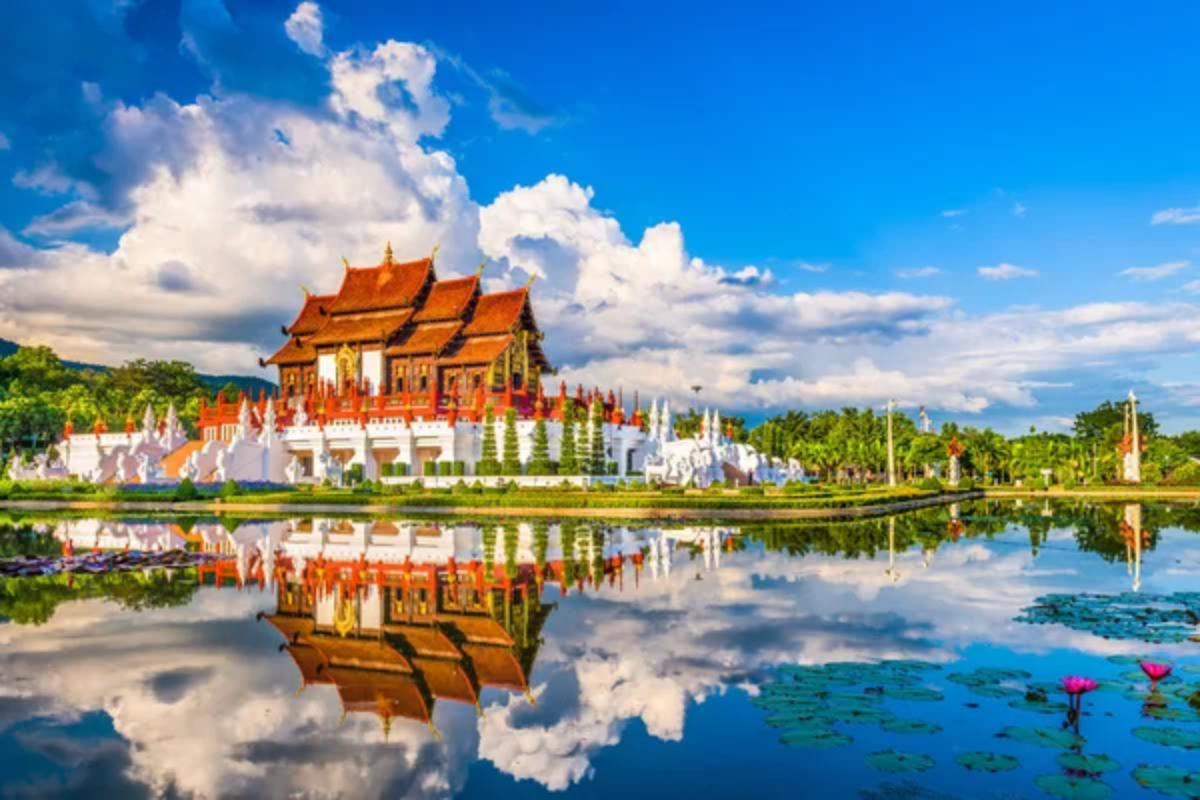
Nestled among mountains in northern Thailand, Chiang Mai offers a perfect blend of historical significance and natural beauty. The Old City remains encircled by ancient walls and moats, housing over 300 temples that date back centuries.
Walking through the Sunday Night Market feels substantially more manageable than Bangkok’s crowded bazaars, with local artisans selling handcrafted goods that reflect northern Thai traditions.
Sukhothai
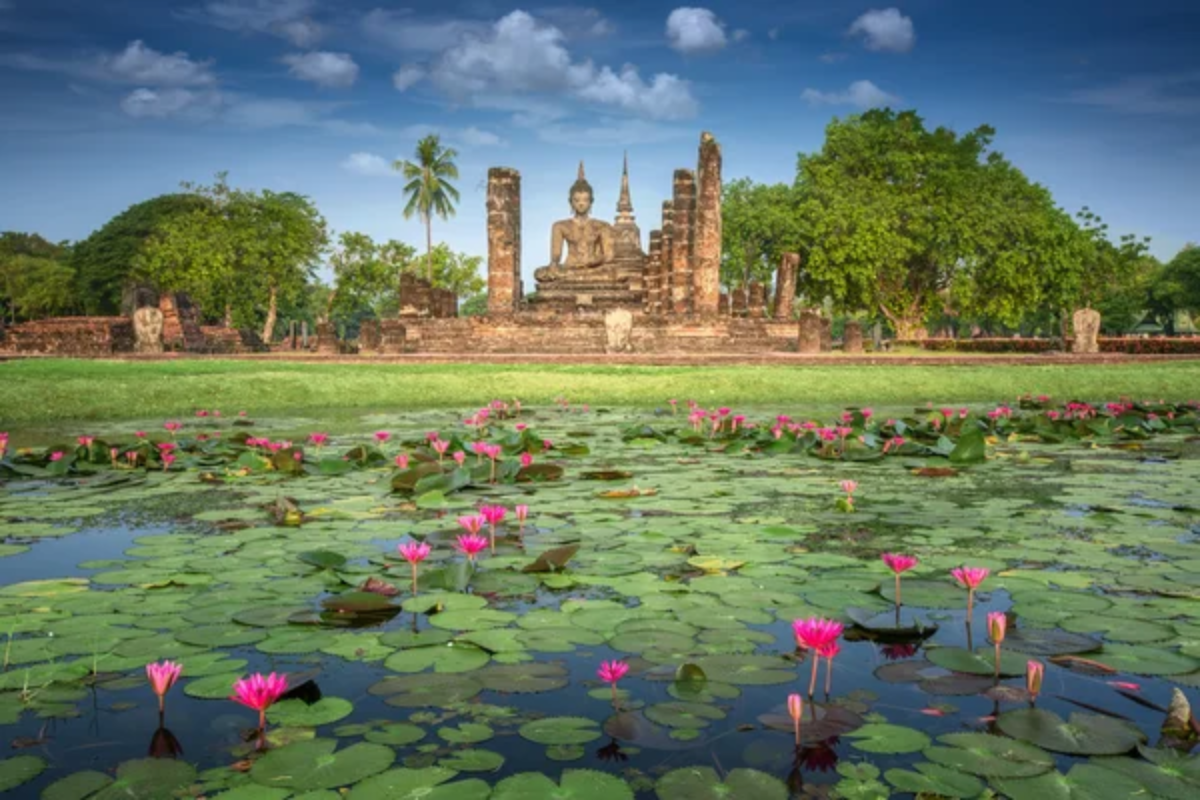
The first capital of Siam delivers an archaeological wonderland that rivals Cambodia’s Angkor Wat but with a fraction of the visitors. Sukhothai Historical Park spans nearly 27 square miles and contains over 190 ruins from the 13th and 14th centuries.
Renting a bicycle to explore the well-preserved Buddha statues and temple remains offers a peaceful journey through Thailand’s Golden Age.
Like Travel Pug’s content? Follow us on MSN.
Ayutthaya

Just 50 miles north of Bangkok sits the second capital of the Siamese kingdom, now a UNESCO World Heritage site. Unlike the capital’s crowded attractions, Ayutthaya’s temple ruins create an atmospheric journey into Thailand’s past.
The stone faces watching over visitors have weathered centuries of history, creating a contemplative environment that’s impossible to find in busier tourist destinations.
Pai
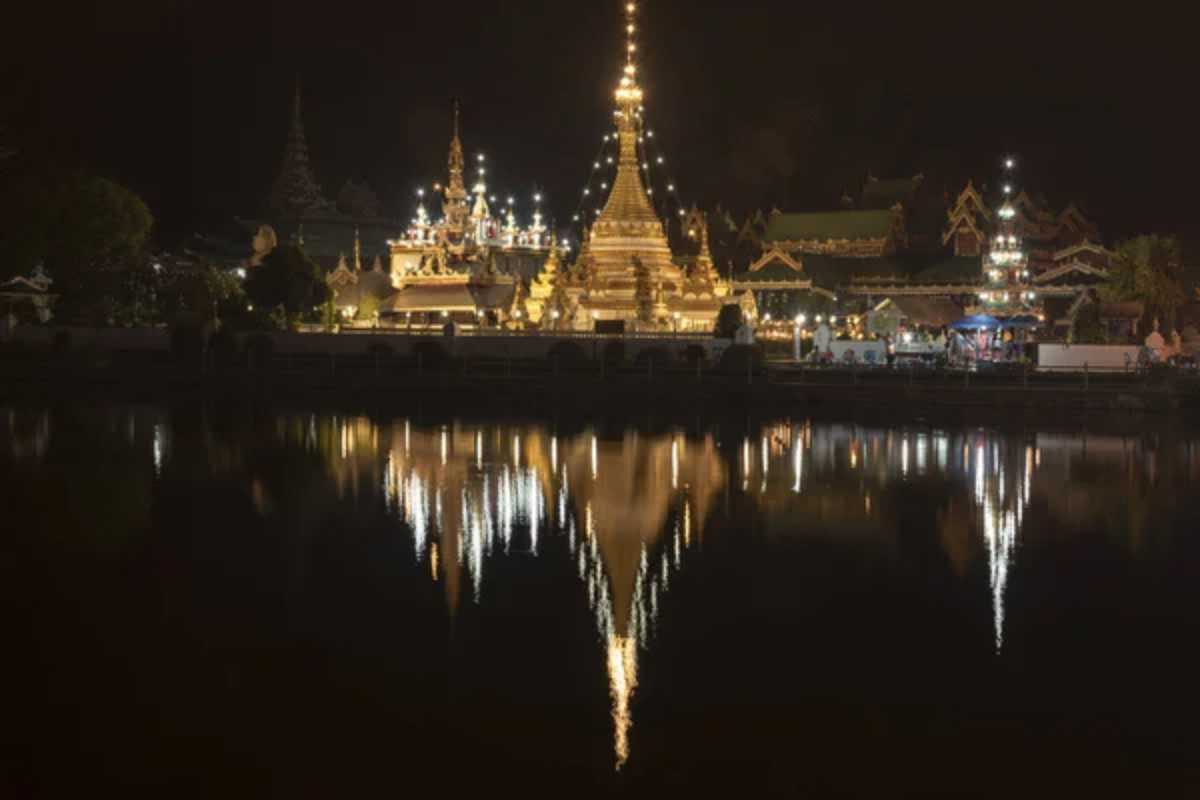
This small mountain town has transformed from a quiet hippie hideaway to a more accessible cultural hub without losing its laid-back charm. Surrounded by waterfalls, hot springs, and hill tribe villages, Pai serves as an excellent base for experiencing northern Thai rural life.
The night market features local foods and crafts without the aggressive haggling found in larger cities.
Kanchanaburi

Most visitors come for the infamous Bridge over the River Kwai but stay for the profound historical lessons and natural beauty. Kanchanaburi provides a sobering look at World War II history through excellently maintained museums and war cemeteries.
The surrounding countryside offers waterfalls, national parks, and floating houses that showcase rural Thai life away from urban development.
Like Travel Pug’s content? Follow us on MSN.
Lampang
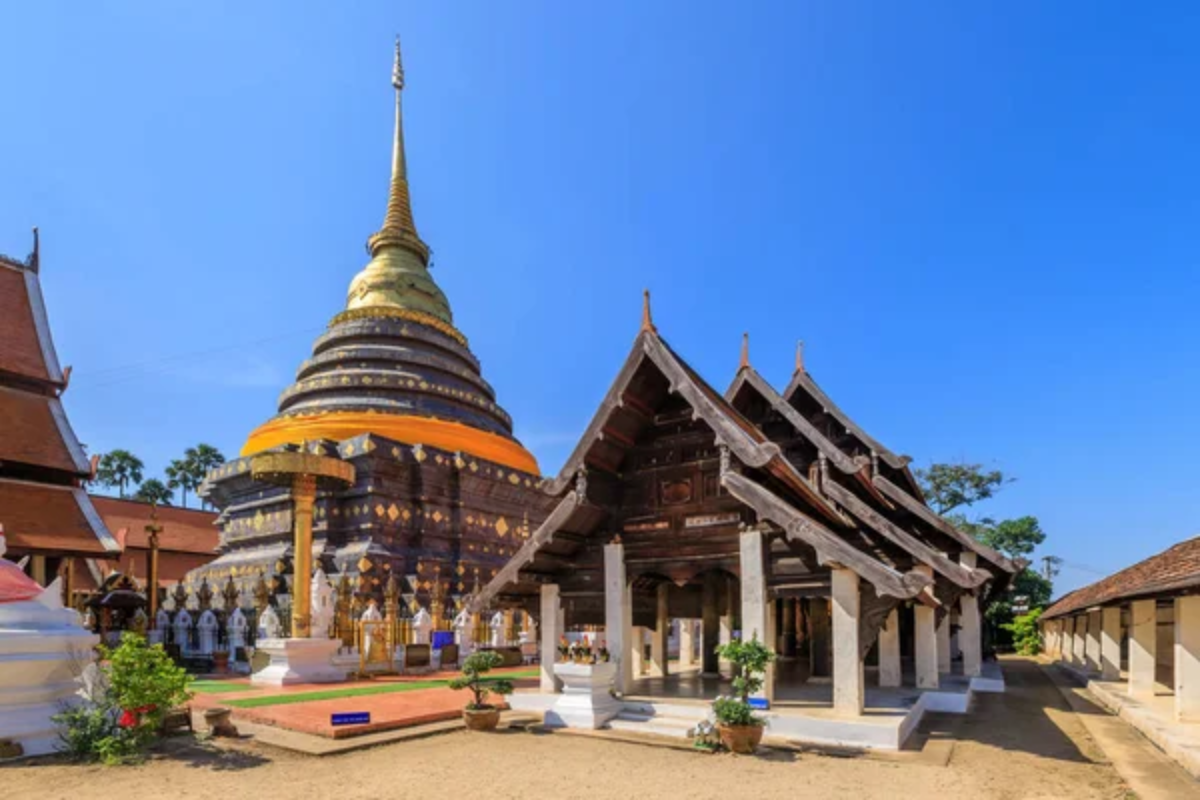
Often overlooked by travelers rushing between better-known destinations, Lampang preserves an authentic slice of northern Thai life. The city remains famous for its horse-drawn carriages, which still transport visitors through streets lined with Lanna-style wooden houses.
The emerald-green glazed tiles of Wat Phra That Lampang Luang shine brilliantly without the distraction of tourist crowds.
Mae Hong Son

Tucked into Thailand’s northwestern corner near the Myanmar border, Mae Hong Son embodies tranquility with its mountain-ringed setting and mist-covered mornings. The province hosts communities of various hill tribes that maintain distinct cultural identities.
Visitors can respectfully learn about Karen, Hmong, Lahu, and Lisu traditions while enjoying spectacular mountain scenery.
Phrae
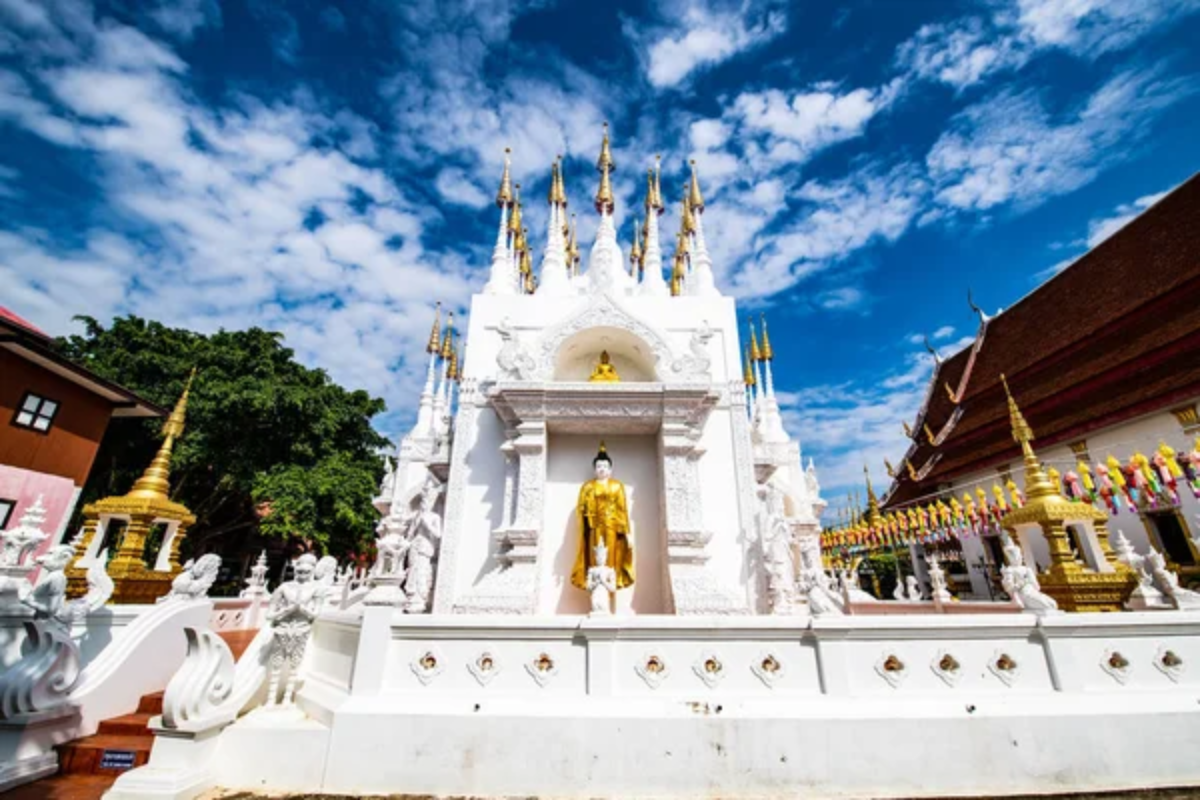
This former center of the teak industry offers a glimpse into Thailand’s commercial past without commercial tourism. Phrae’s old town features beautiful teak mansions built by wealthy merchants during the logging boom.
The indigo-dyed clothing produced here represents a traditional craft experiencing a stylish revival among those seeking alternatives to mass-produced fashion.
Like Travel Pug’s content? Follow us on MSN.
Nan

Bordering Laos and historically isolated from central Thai authority, Nan developed unique artistic and architectural styles, visible in its well-preserved temples. Wat Phumin houses stunning murals depicting daily life from centuries past, offering an intimate look at Thai heritage.
The surrounding valleys and mountains host communities that maintain distinct traditions separate from mainstream Thai society.
Phitsanulok
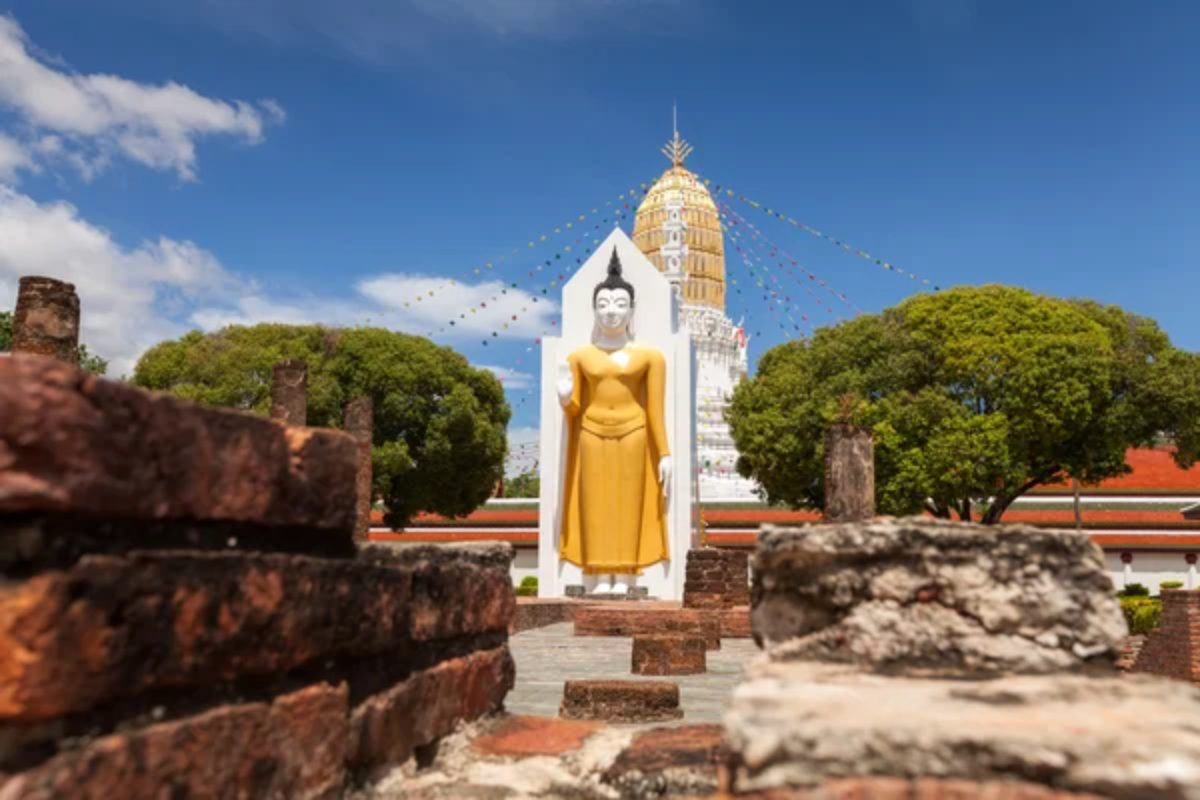
Though primarily known as a transit hub, Phitsanulok rewards visitors who linger with remarkable religious sites minus the tourist throngs. Wat Phra Si Rattana Mahathat houses one of Thailand’s most revered Buddha images, attracting local devotees rather than tour groups.
The city provides an excellent jumping-off point for exploring the lesser-visited national parks of Thailand’s lower north.
Trang
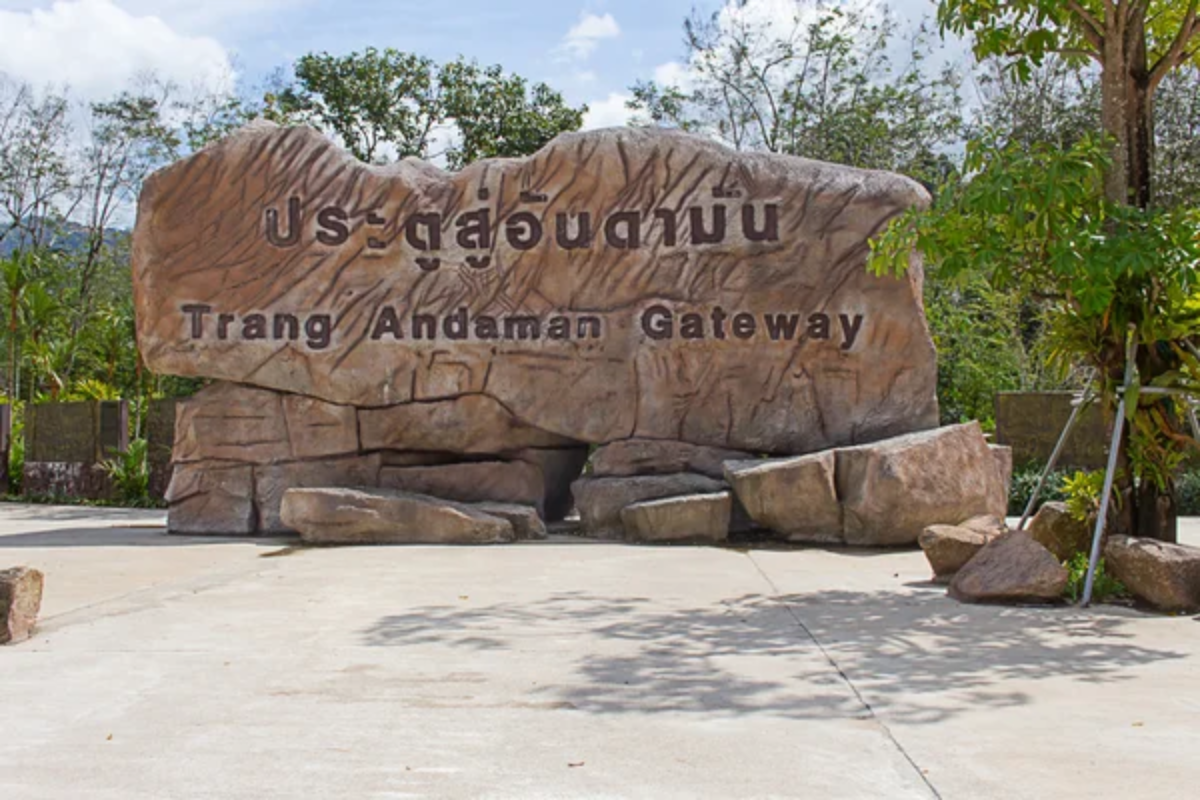
This southern province offers pristine beaches without the development of Phuket or Samui. Beyond the coastline, Trang’s interior features limestone caves, waterfalls, and protected forests teeming with wildlife.
The unique cultural blend of Thai, Chinese, and Malay influences appears in local cuisine, particularly the morning dim sum tradition that reflects the area’s Chinese heritage.
Like Travel Pug’s content? Follow us on MSN.
Loei
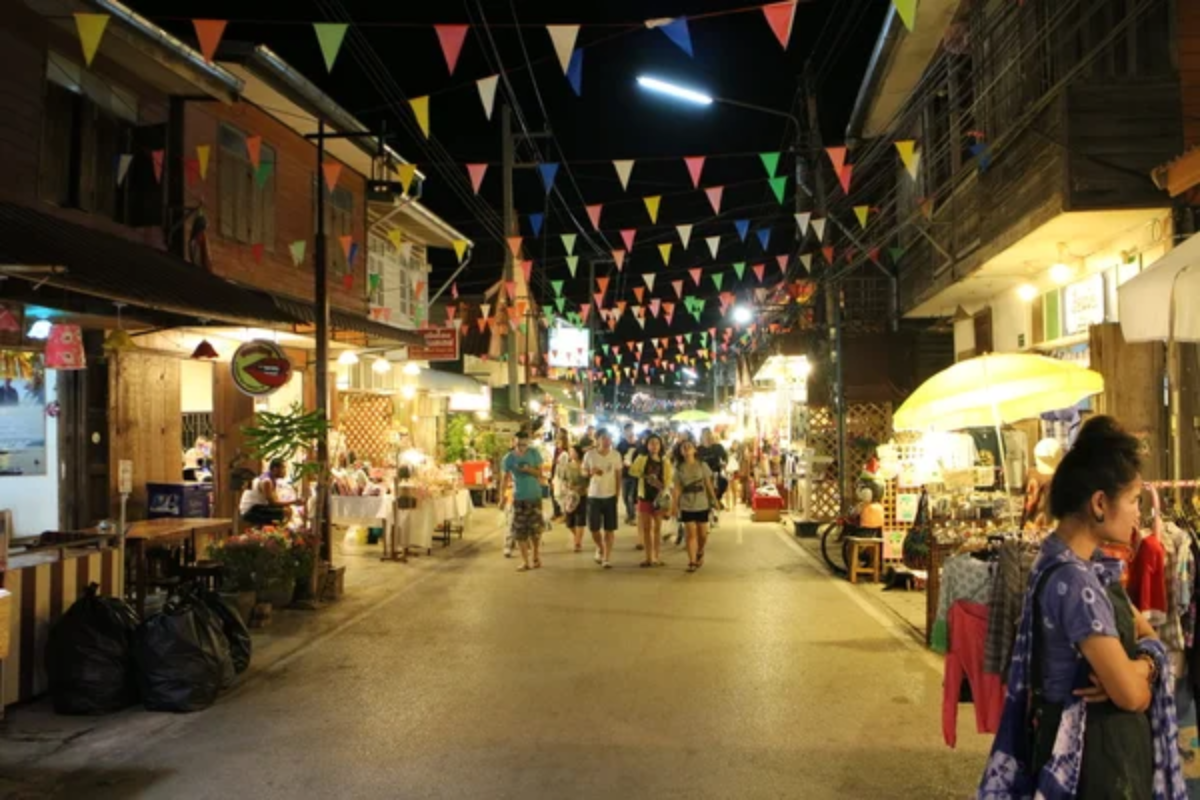
Loei’s climate experiences some of Thailand’s most dramatic temperature changes, mirroring its cultural diversity. The province hosts the vibrant Phi Ta Khon festival, where locals don colorful ghost masks, and contains the summer palace of Phu Reua National Park.
The mountainous terrain offers Thailand’s coolest temperatures during winter, creating a landscape that feels removed from typical Thai imagery.
Nakhon Si Thammarat
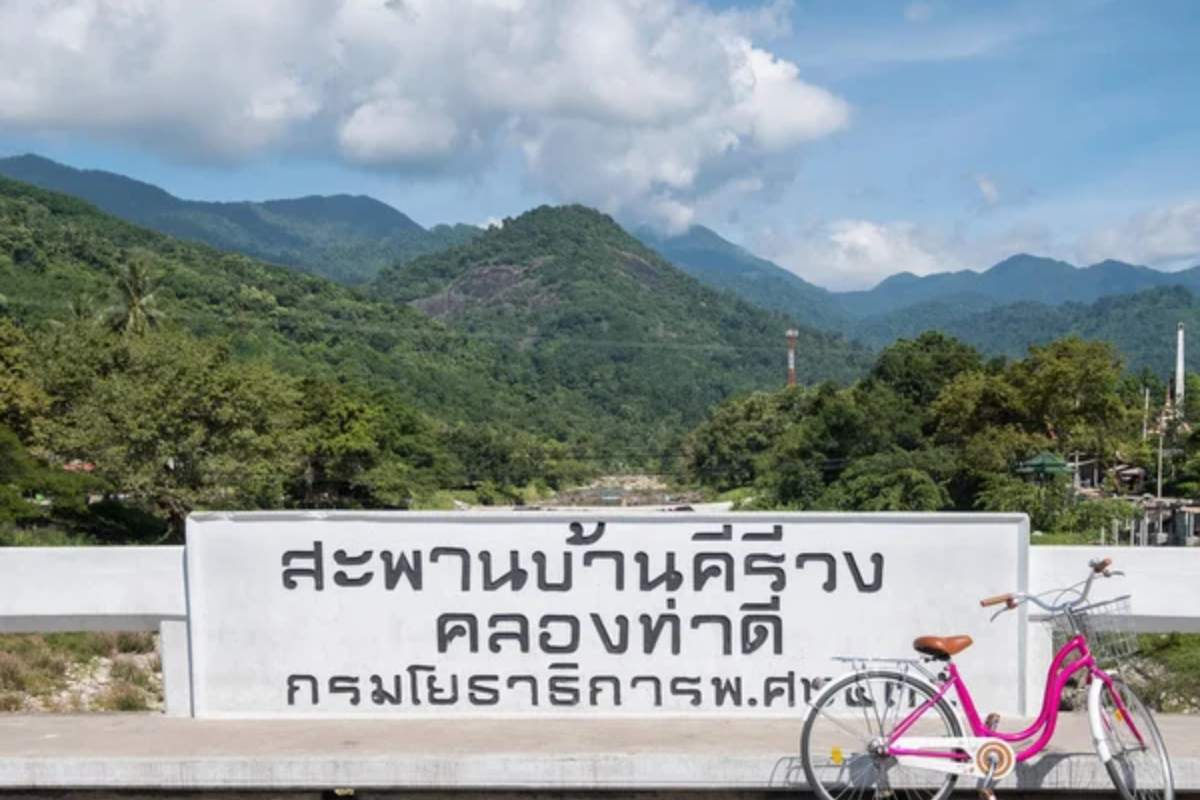
One of southern Thailand’s oldest cities has served as a center of Buddhism for over a thousand years. Wat Phra Mahathat Woramahawihan houses a stupa allegedly containing Buddha relics and represents the religious heart of southern Thailand.
The nearby shadow puppet workshops preserve the ancient performance art of nang talung without tourist-focused modifications.
Mae Salong

This mountain village was settled by former Chinese Nationalist soldiers who fled after the Communist revolution. The result is a fascinating cultural blend where Chinese architecture stands amid tea plantations on Thai mountainsides.
The cool climate produces some of Thailand’s finest tea, which can be sampled in traditional Chinese teahouses scattered throughout the village.
Like Travel Pug’s content? Follow us on MSN.
Phetchaburi
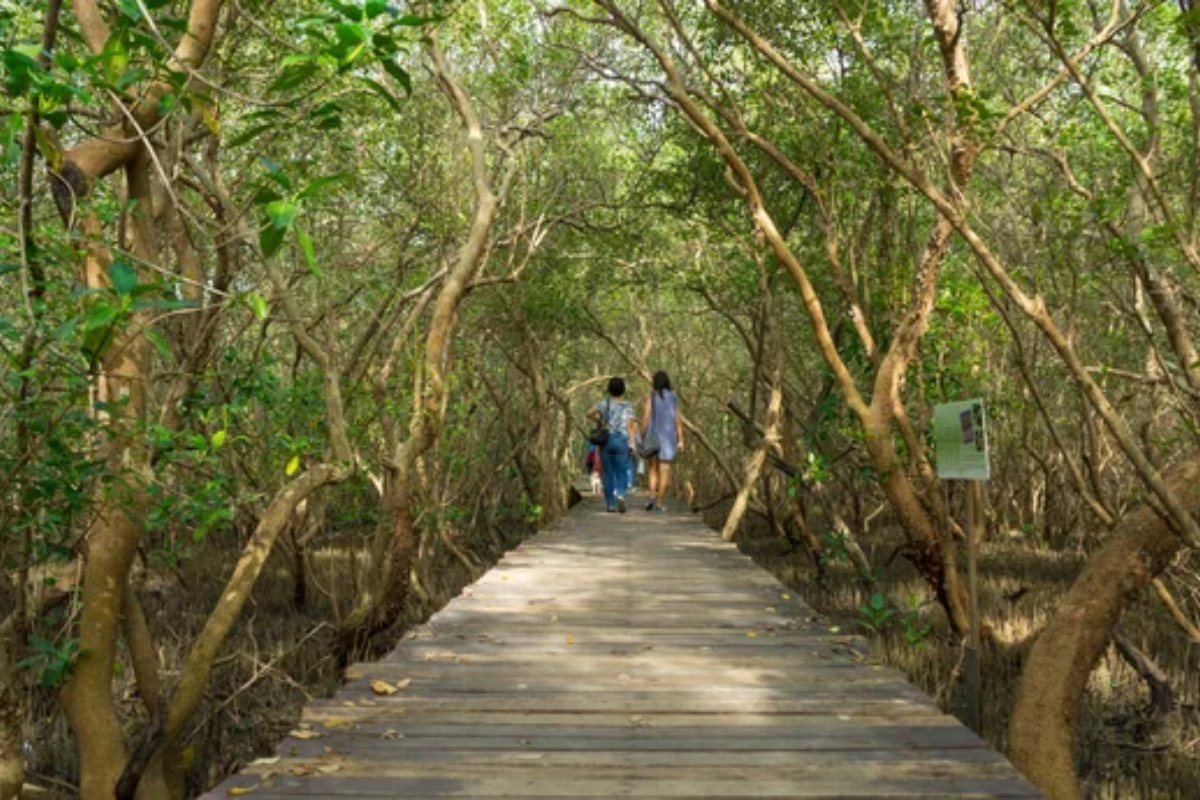
Just a few hours from Bangkok, Phetchaburi remains overlooked by most international visitors. Khao Wang (Palace Hill) features a 19th-century royal palace complex built as a retreat from the capital’s heat.
The town’s temples showcase exceptional stucco work and wood carvings created by artisans who passed their skills through generations without interruption.
Kamphaeng Phet
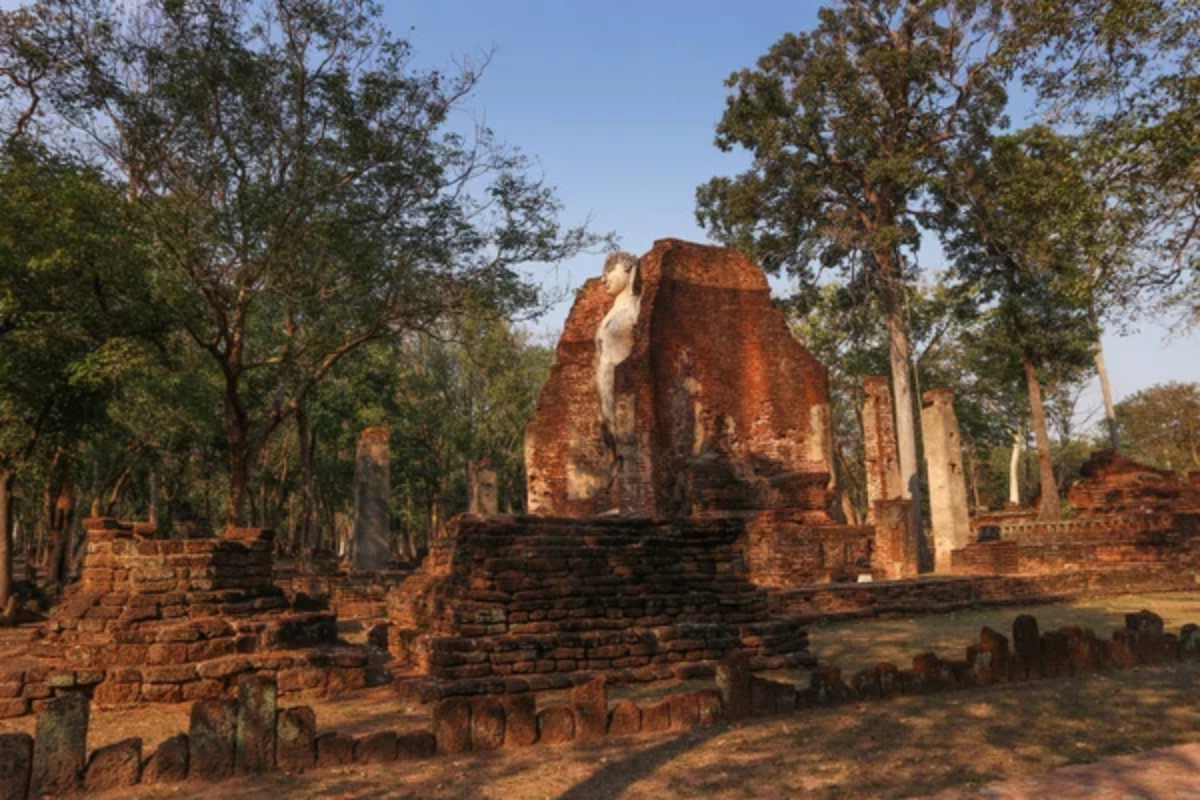
The ‘Diamond Wall’ city served as a defensive frontier post during the Sukhothai period. Its ruins, along with those of its more famous neighbors, form a UNESCO World Heritage site. Unlike Sukhothai or Ayutthaya, Kamphaeng Phet’s archaeological zone receives minimal foreign visitors.
The forest setting creates a magical atmosphere, and ruins emerge between ancient trees.
Nong Khai
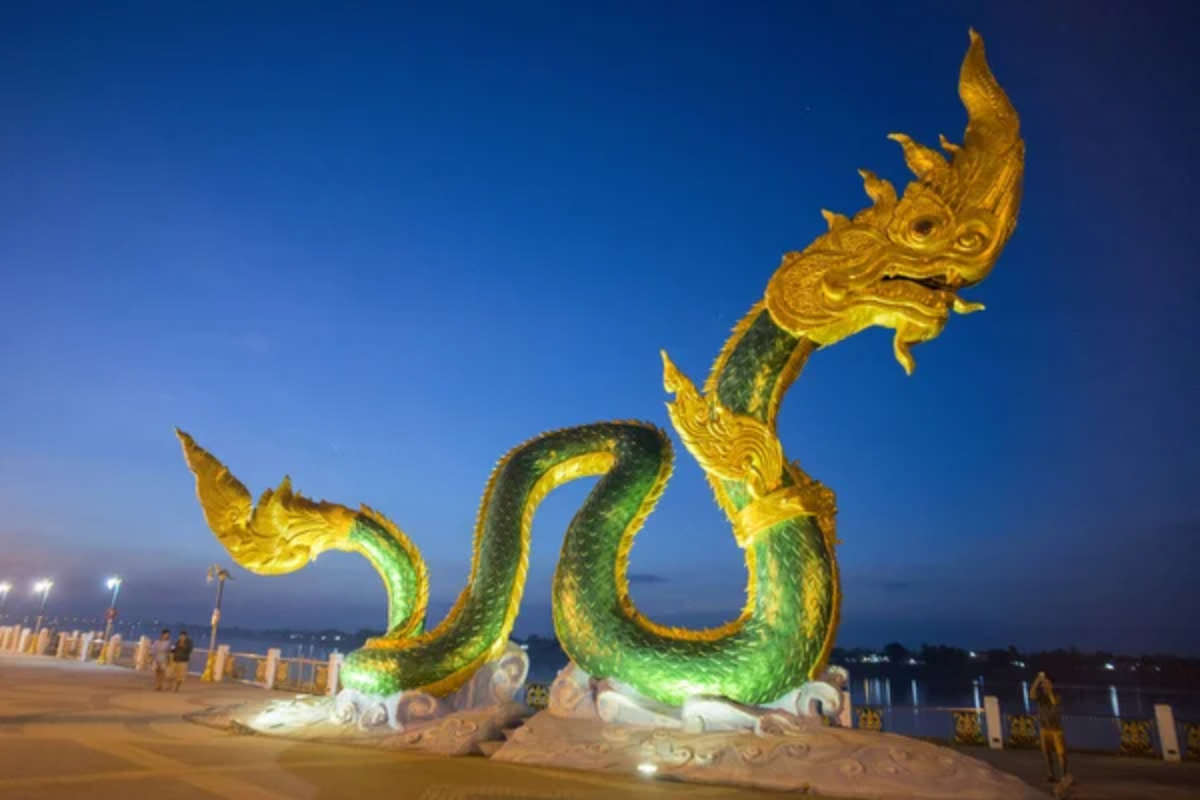
Along the Mekong River across from Laos, Nong Khai serves as more than just a border crossing. The impressive Sala Kaew Ku sculpture park displays gigantic concrete sculptures depicting Buddhist and Hindu figures created by a mystic visionary.
The riverside promenade offers peaceful views of life along the Mekong without the commercial development found in larger cities.
Like Travel Pug’s content? Follow us on MSN.
Phanom Rung
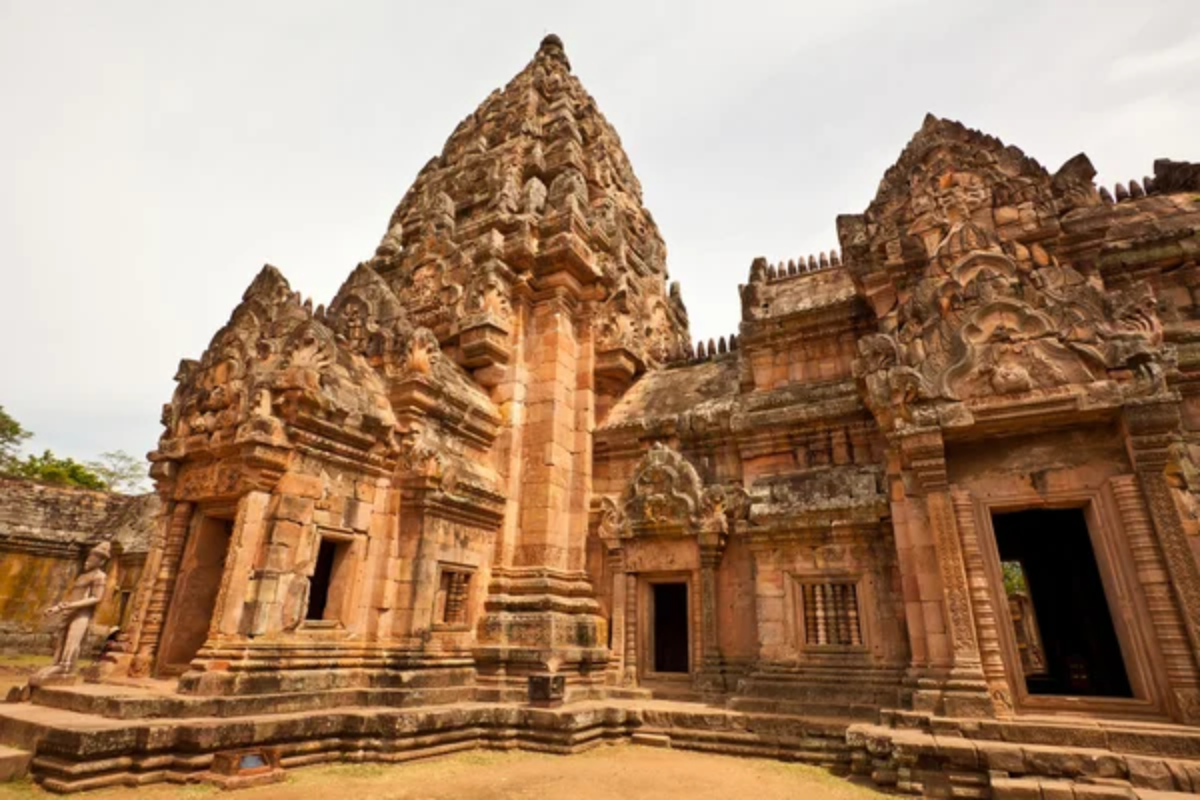
This Hindu shrine complex, built on an extinct volcano, is one of the most impressive Khmer ruins outside Cambodia. Constructed between the 10th and 13th centuries, it was designed so the sun shines through all fifteen sanctuary doorways at specific times of year.
The remote location in Buriram province ensures visitors can appreciate the astronomical precision without battling crowds.
Nakhon Phanom
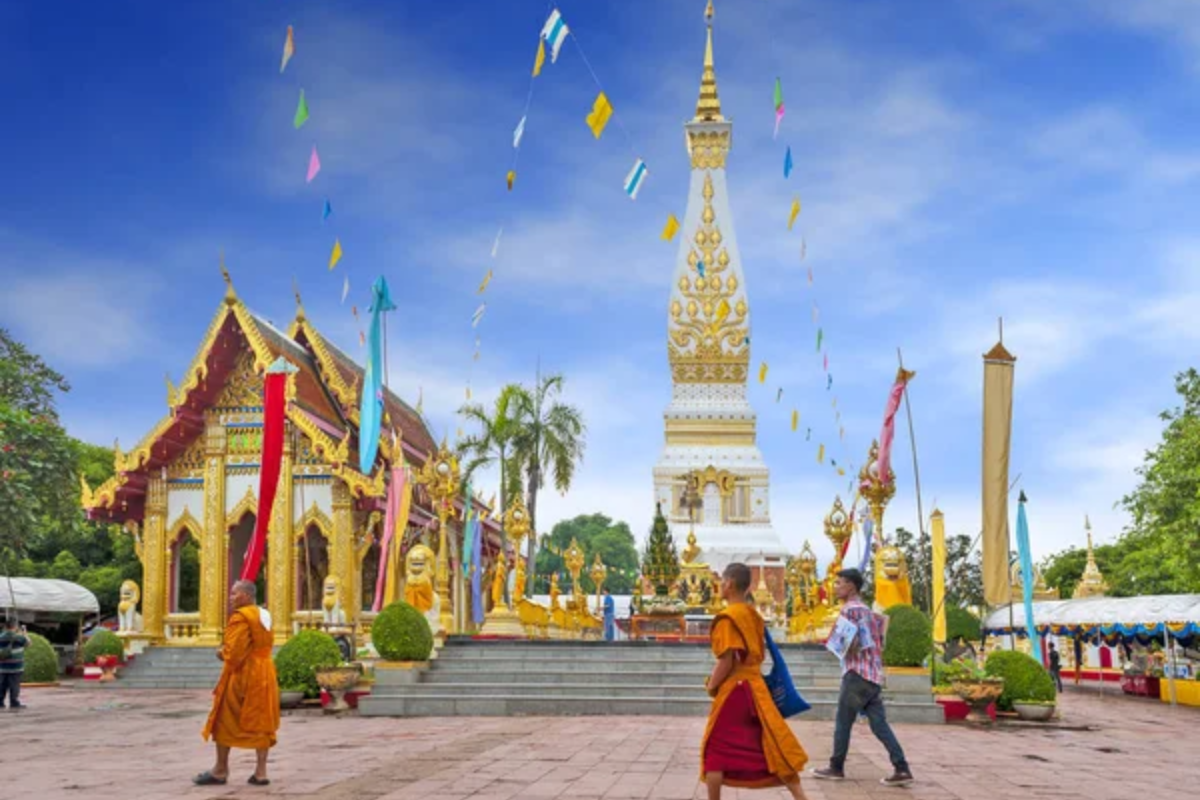
Facing Laos across the Mekong, Nakhon Phanom bears significant Vietnamese influence from refugees who settled there decades ago. This multicultural heritage appears in the distinctive cuisine and religious practices.
The illuminated Thai-Lao Friendship Bridge creates magical evening reflections on the river, symbolizing the cultural connections that flow across political boundaries.
Chanthaburi
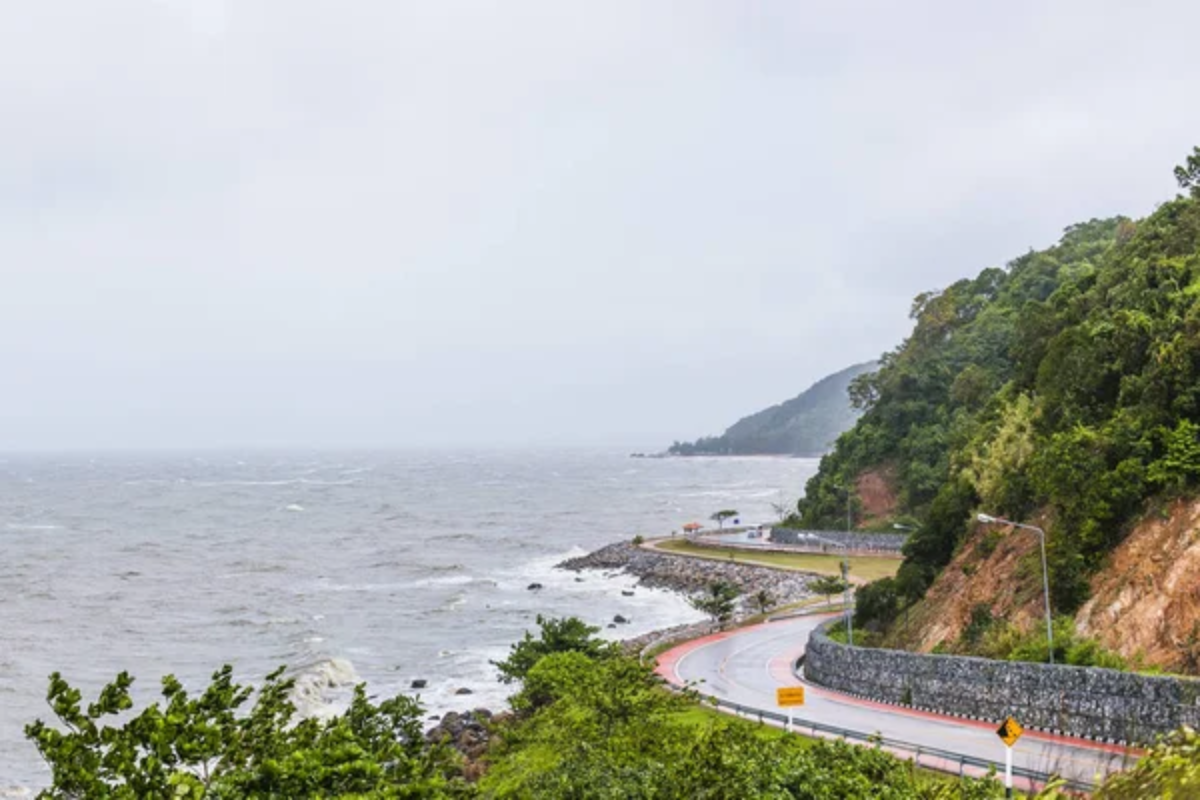
The ‘City of the Moon’ produces world-class gems and tropical fruits in equal measure. Its old town features well-preserved architecture from French colonial influence, including Thailand’s largest cathedral.
The weekend gem market attracts dealers from around the world, yet tourism remains pleasantly low-key and focused on genuine cultural exchange.
Like Travel Pug’s content? Follow us on MSN.
Cultural Crossroads
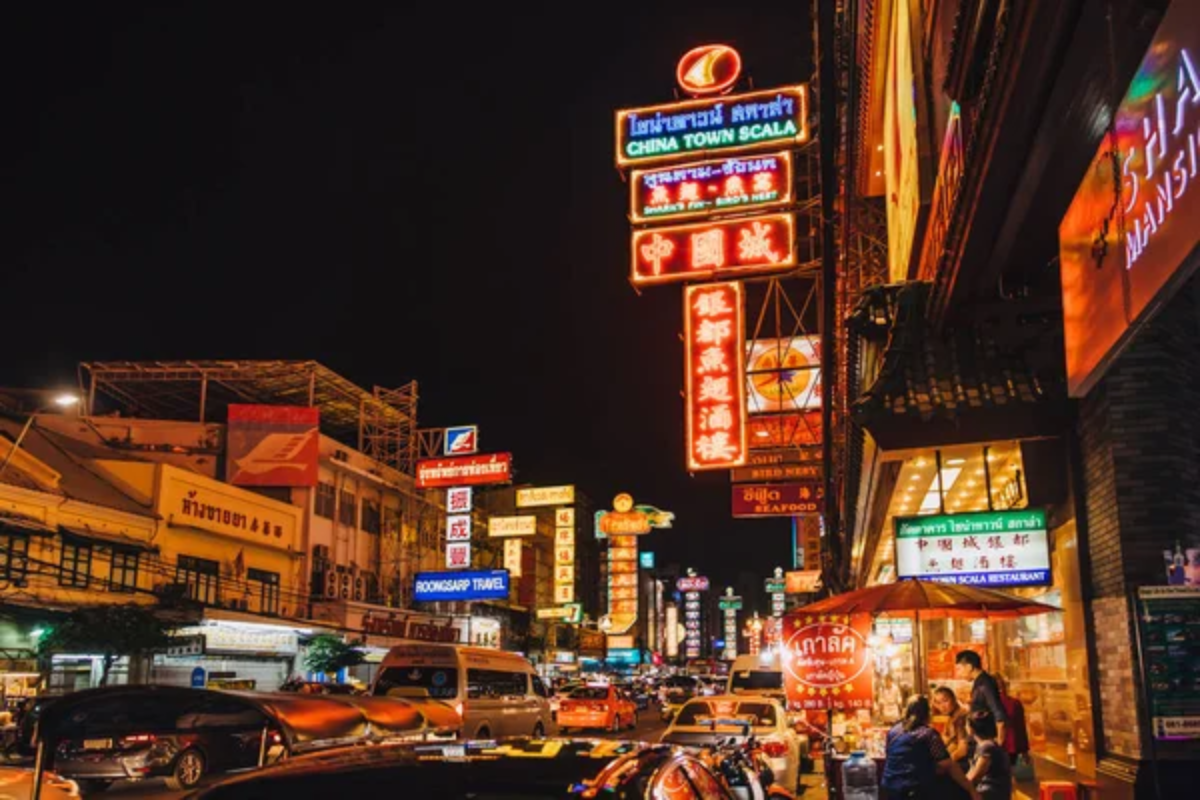
Thailand’s less-visited destinations offer much more than an escape from crowds—they provide insight into the kingdom’s remarkable diversity. From Chinese settlers in northern mountains to Muslim communities along southern coasts, these places demonstrate how Thailand has always been a crossroads of cultures.
By venturing beyond familiar destinations, travelers gain a deeper appreciation for how Thailand’s celebrated hospitality evolved through centuries of welcoming outside influences while maintaining its distinctive character.
More from Travel Pug

- Cities Growing so Fast You Won’t Recognize Them in 10 Years
- 13 Destinations Where Tourists Regularly Regret Their Trip
- 20 Obscure WWII Sites Even History Buffs Don’t Know About
- 10 Under-the-Radar Mountain Towns That Are Both Affordable and Beautiful
- Remote Villages in Europe Where You Can Live for Free in Exchange for Work
Like Travel Pug’s content? Follow us on MSN.
